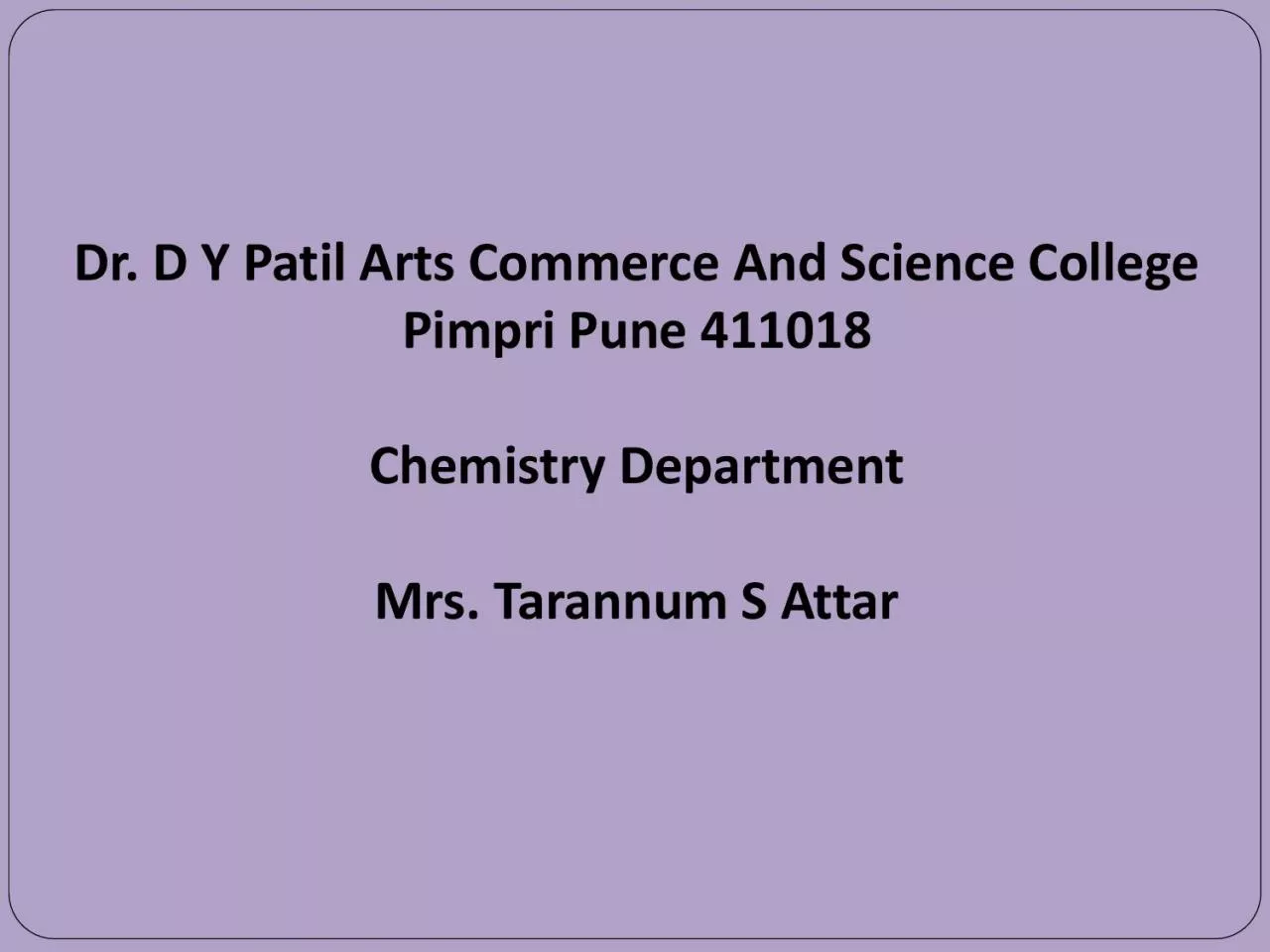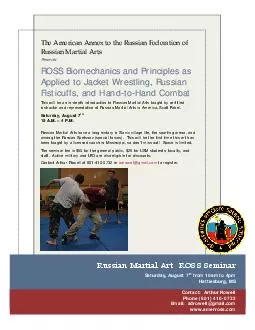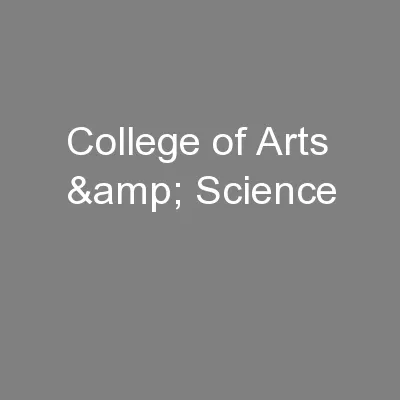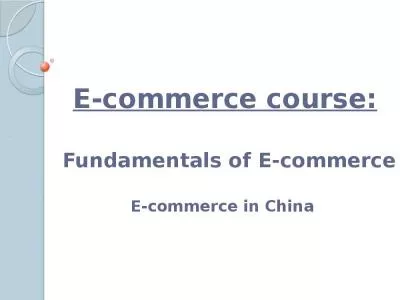PDF-Arts Commerce And Science College
Author : ruby | Published Date : 2022-09-07
Dr D Y Patil Pimpri Pune 411018 Chemistry Department Mrs Tarannum S Attar CONTENT Introduction Principle Factors affecting Conventional electrophoresis General operation Technical
Presentation Embed Code
Download Presentation
Download Presentation The PPT/PDF document "Arts Commerce And Science College" is the property of its rightful owner. Permission is granted to download and print the materials on this website for personal, non-commercial use only, and to display it on your personal computer provided you do not modify the materials and that you retain all copyright notices contained in the materials. By downloading content from our website, you accept the terms of this agreement.
Arts Commerce And Science College: Transcript
Download Rules Of Document
"Arts Commerce And Science College"The content belongs to its owner. You may download and print it for personal use, without modification, and keep all copyright notices. By downloading, you agree to these terms.
Related Documents














